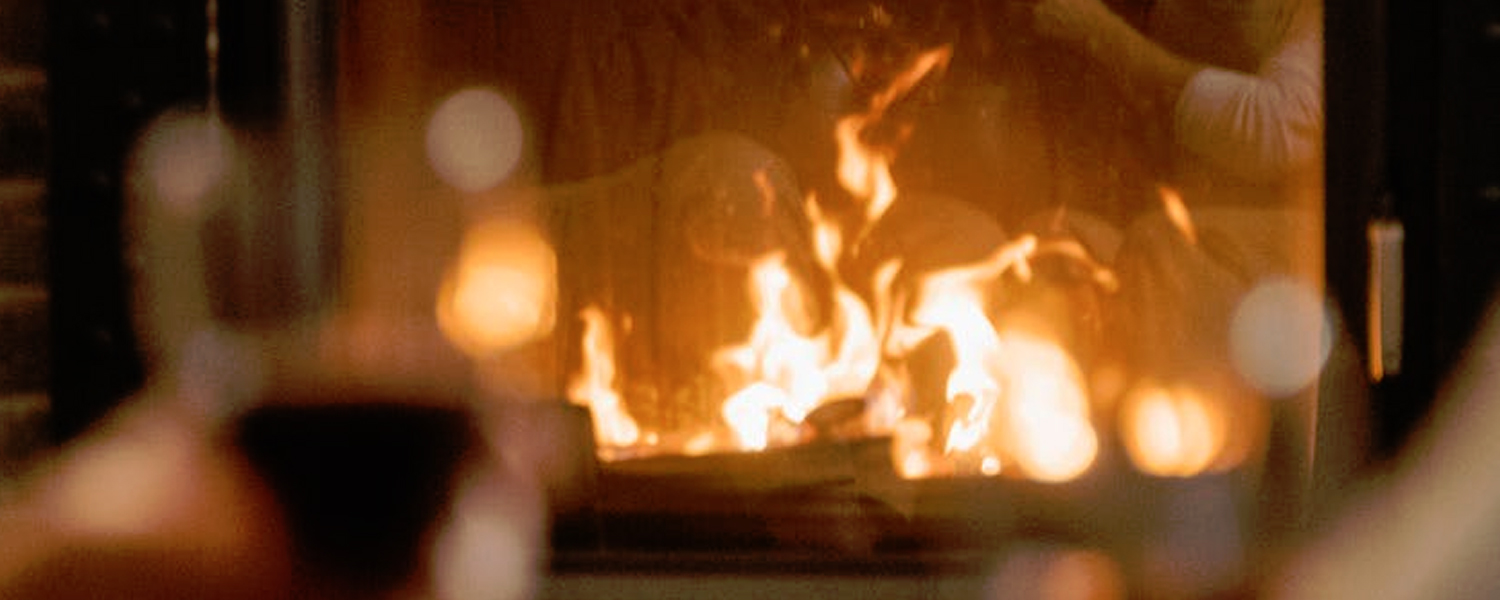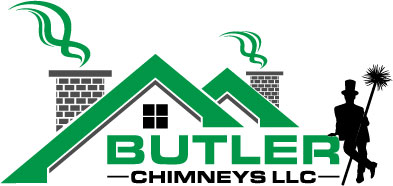
fireplace inspection
Your Fireplace? Avert Problems With Routine Fireplace Inspections!
Many homeowners relish their fireplaces … yet are unaware of their risks if not properly kept up. More than 25,000 house fires in chimneys and fireplaces happen annually in the U.S.
Most of these blazes are (caused by|linked to} creosote accumulation (from burning wood) or flue blockages. Nearly all could be prevented by a fireplace inspection and cleaning – an investment whose return can’t be figured in just dollars and cents.
A fireplace and chimney inspection typically takes two hours, at most. It’s a thorough process of several steps. Hiring an experienced company such as Butler Chimneys, a longtime fireplace and chimney cleaner in CITY, STATE, ensures the job is done correctly.
The process starts with a visual analysis of the fireplace, flue and chimney, to decide if cleaning is advisable. If so, a specialized cleaning procedure employing flexible rods, a drill and whip head is used to aggressively remove creosote deposits from the surface of the flue system.
A video scan of the fireplace, and into the flue, can discover structural cracks and gaps caused by a multitude of factors – the worst being a hostile chimney fire. These voids, or sections of missing mortar, are areas where smoke and hazardous creosote can escape the flue system – an uninvited situation in any home.
Are other appliances venting into the chimney? A chimney inspection identifies if they are and, if so, working properly. In the attic, an inspector will look for structural voids that can allow deadly carbon monoxide into a home. They will also check for proper clearance from flammable materials such as wood joists or faced insulation.
A fireplace and chimney inspection concludes on the roof. Elements of the rooftop chimney structure – caps, rain guards, flashing, tiles or bricks – are analyzed for structural integrity, and potential for water penetration into a home.
All are barriers against the outdoor elements. Flaws such as a crack in the crown can allow water seepage. If interior-exterior joints aren’t sealed, water can collect and freeze, or soak into drywall. Ten years of hairline cracks can allow in sufficient water to topple the top 15 layers of brick on a chimney.
Planned fireplace and chimney inspections are about more than avoiding fires. They also catch deterioration in the fireplace system and connecting structure. Early detection helps avoid costlier repairs down the road.
Wisconsin’s weather doesn’t help. In winter, cold flue tiles are continually exposed to heat from fires, looks at the flue system to ensure tiles are correctly aligned, with no voids or imperfections. Creosote often lurks in the chamber beyond, making it vital that heat be channeled properly.
Similarly, the brick structure of the smoke chamber should have a refractory coating to keep smoke moving along and out. Masonry gaps here can allow smoke and embers to leak into places they’re not welcome, leading to a high risk of structure fires.
Annual fireplace inspection and cleaning is advised by the National Fire Protection Association (NFPA), especially for homes with wood-burning appliances. Late spring is ideal. If needed repairs are identified, the weather is usually cooperative to get them done … and to beat the fall rush.
Be sure to have your fireplace and chimney inspected (and maintained) by a qualified fireplace cleaning and inspection company such as Butler Chimneys. All its professionals are certified by the Chimney Safety Institute of America (CSIA). Ongoing training prepares them for any challenge.
Ready to take a big step for safety and fireplace performance? Contact Butler Chimneys to plan a chimney and fireplace inspection and cleaning. A fireplace is easy to love – and even more so when one doesn’t have to be concerned about risks or dangers.


